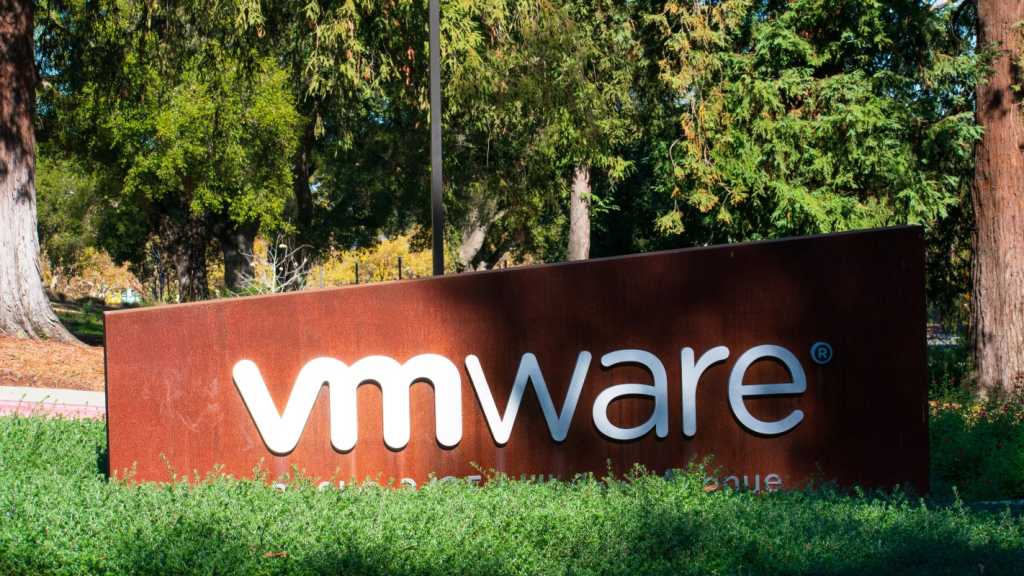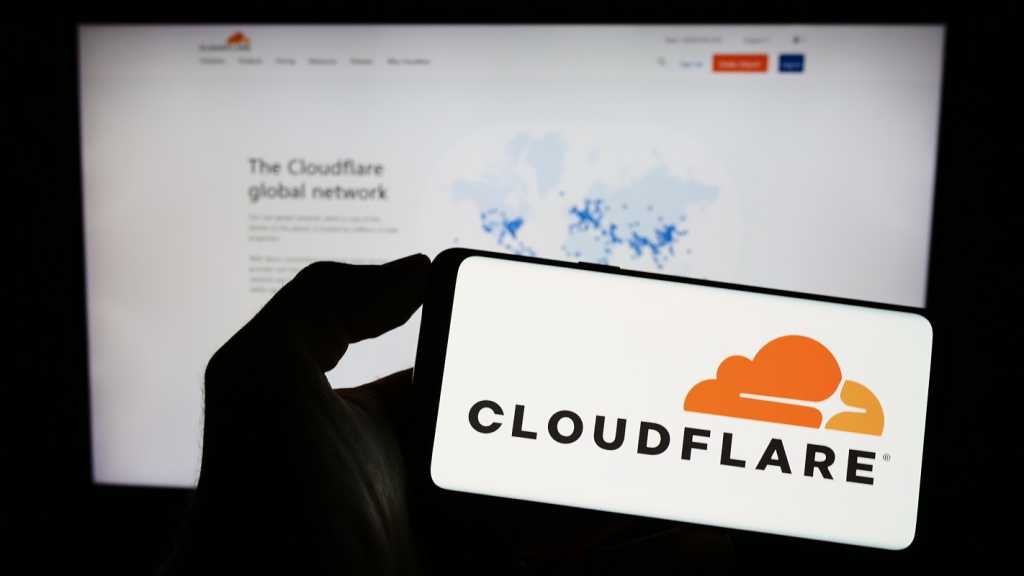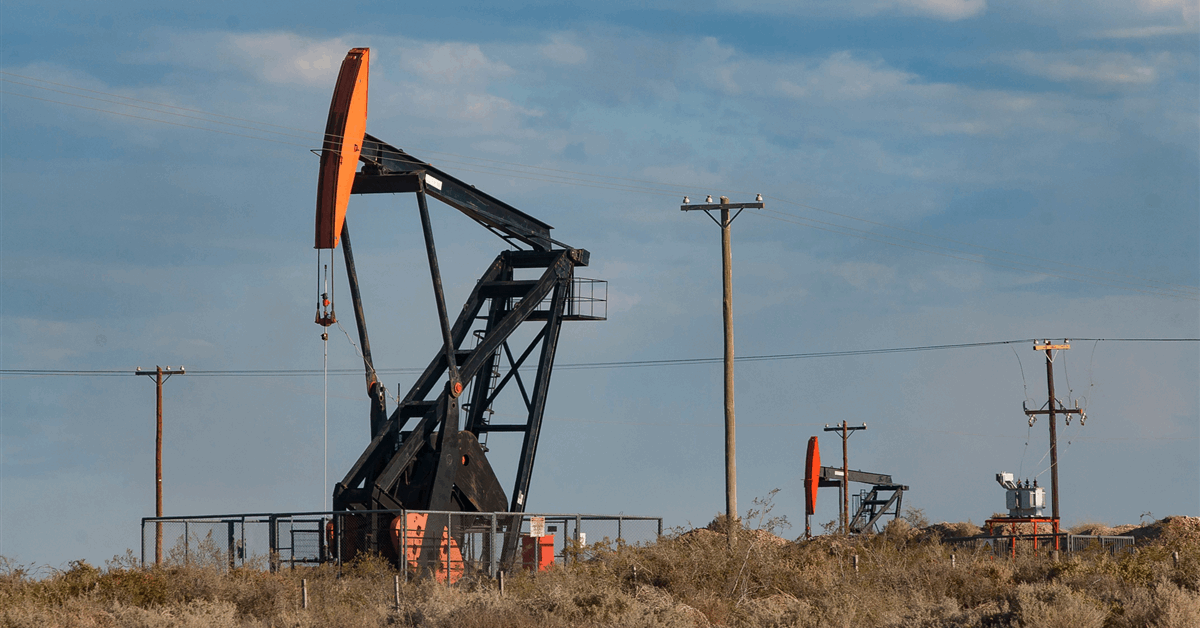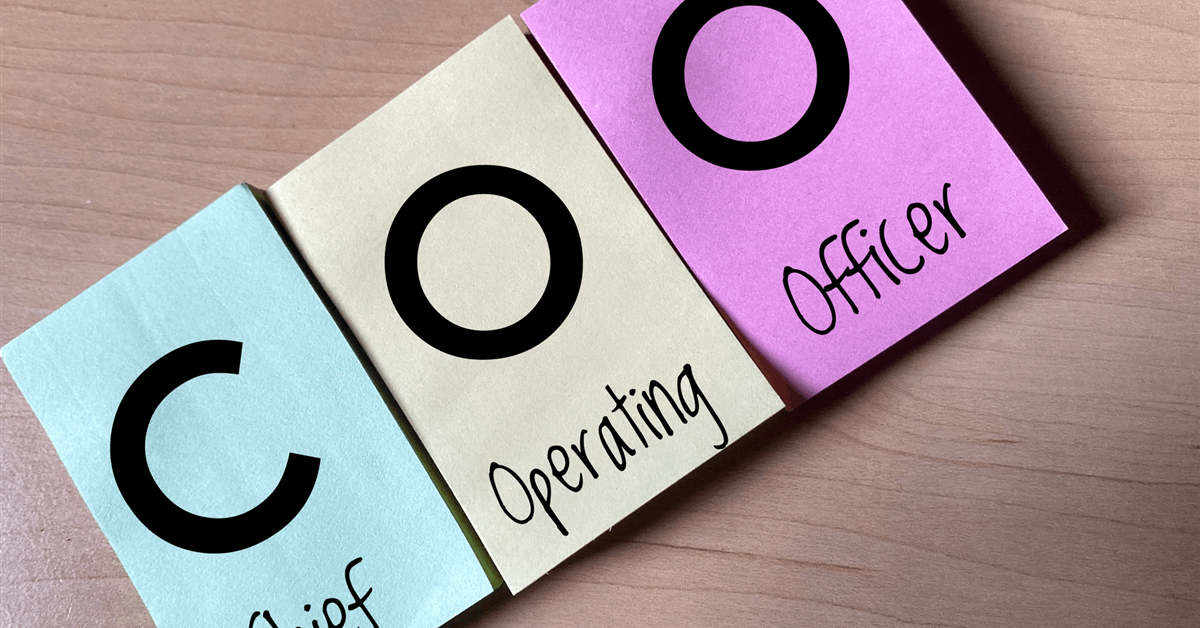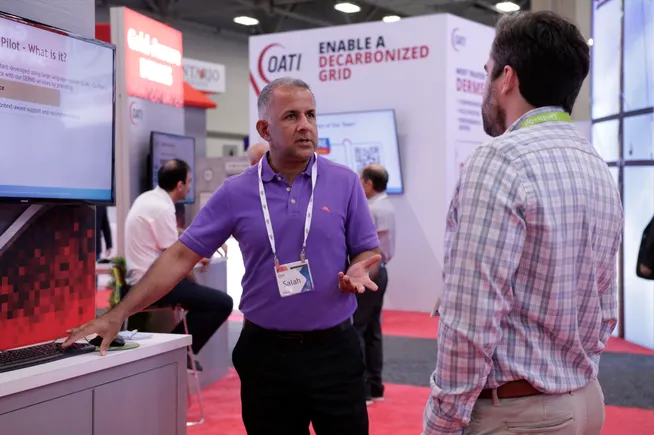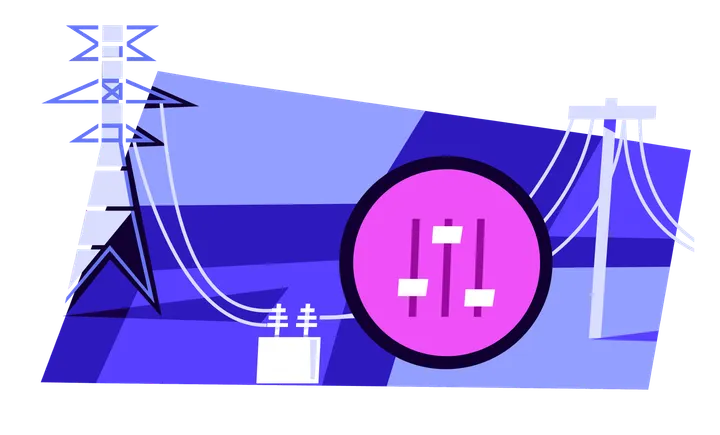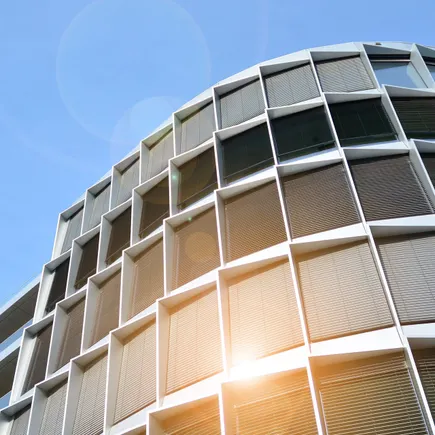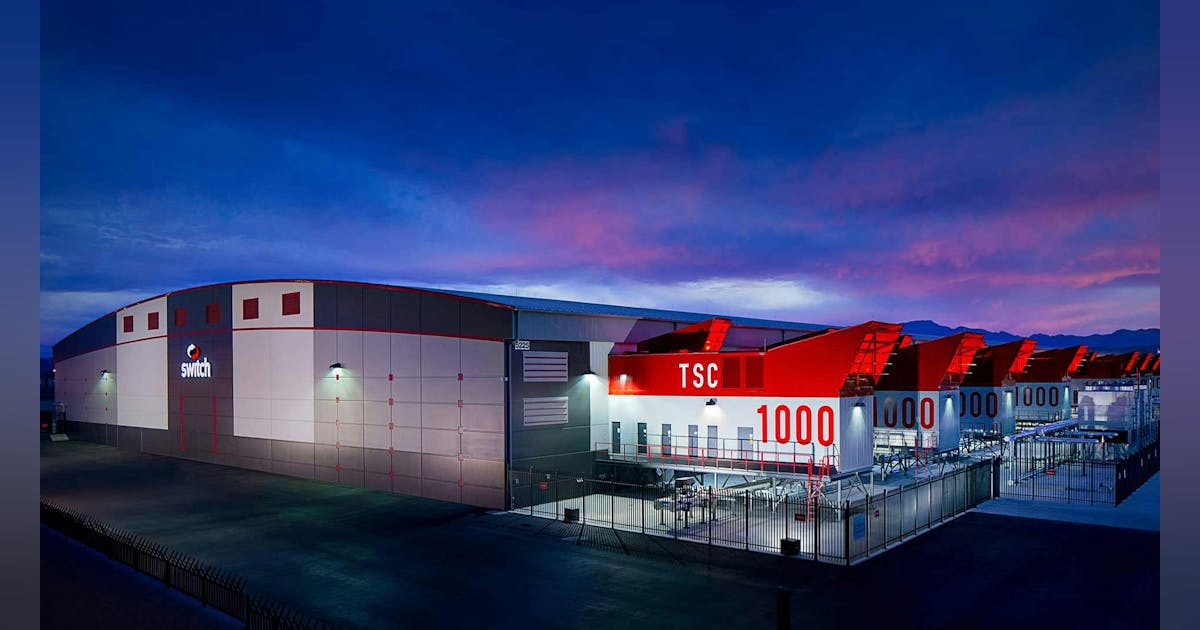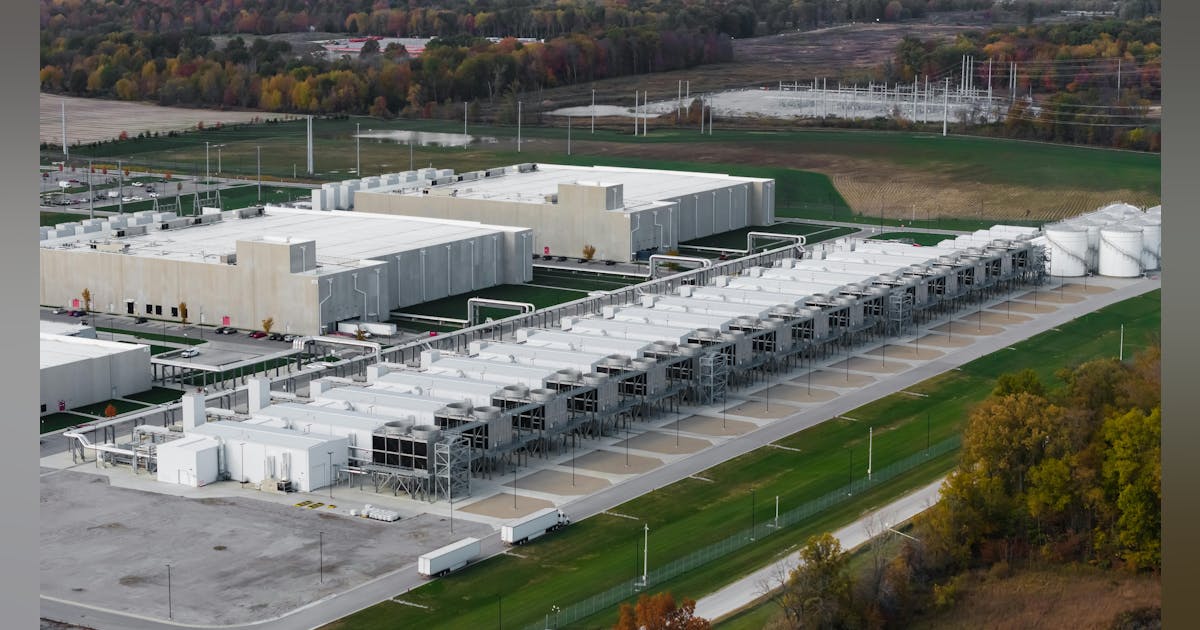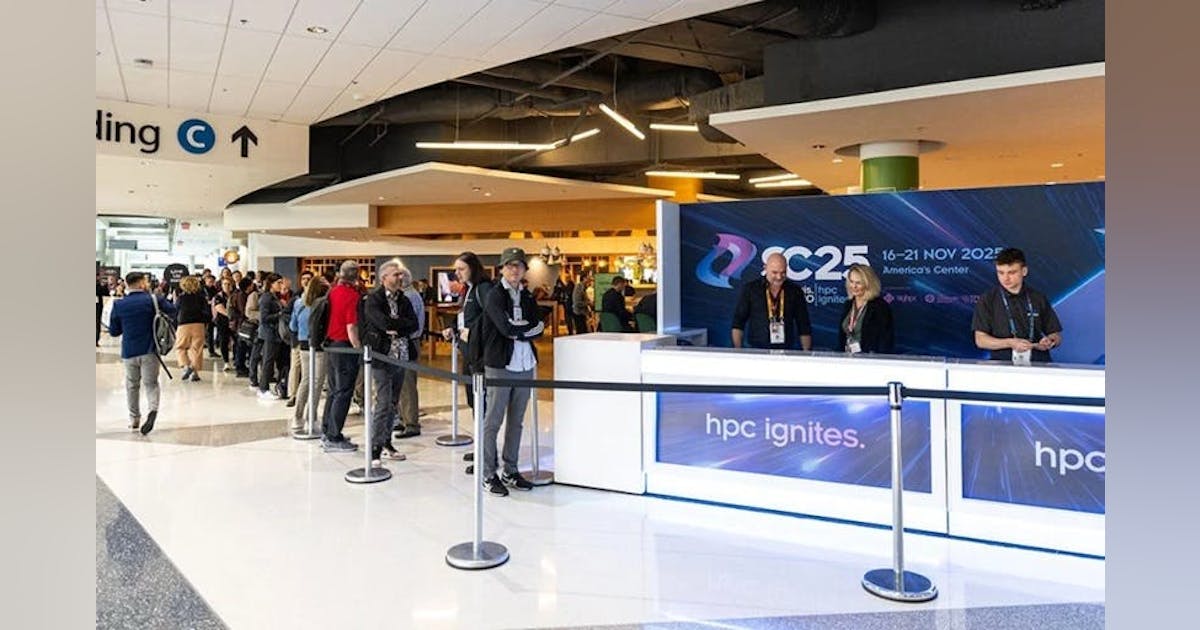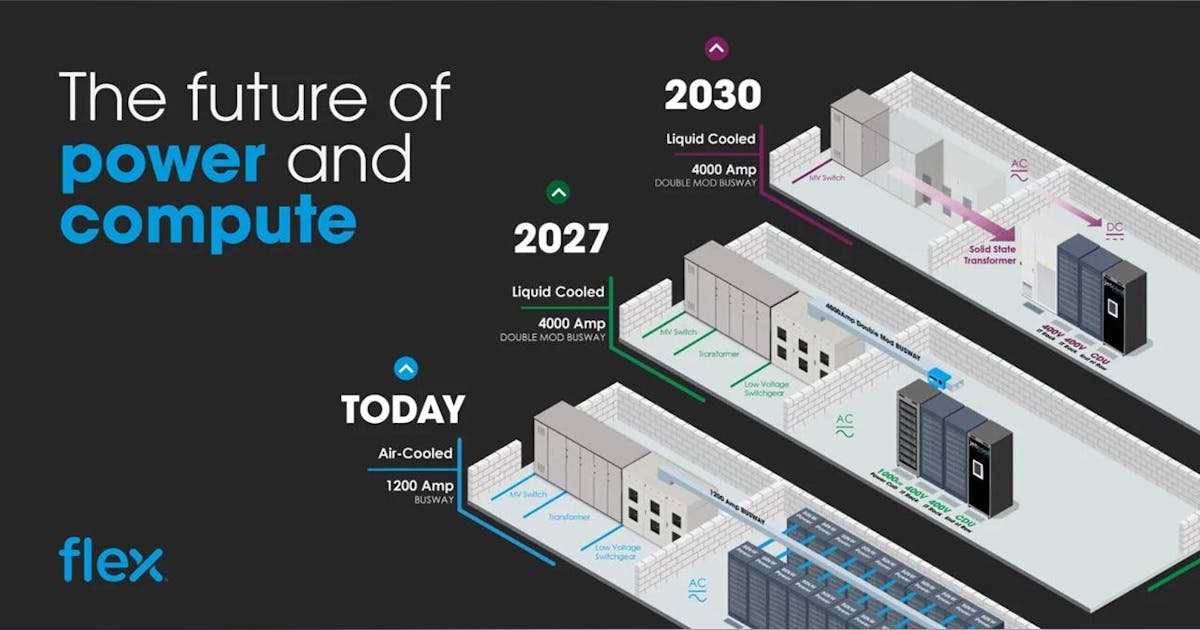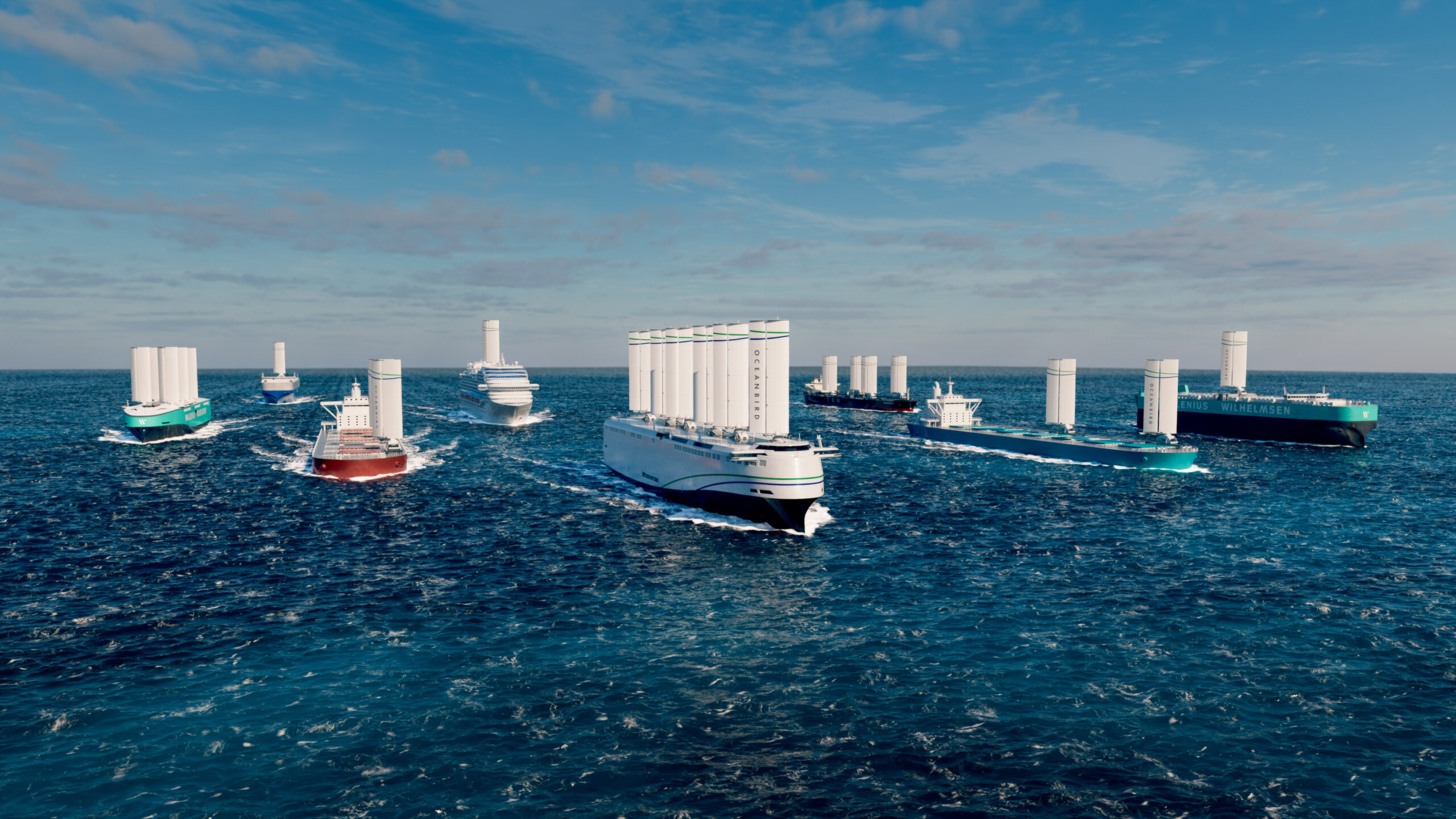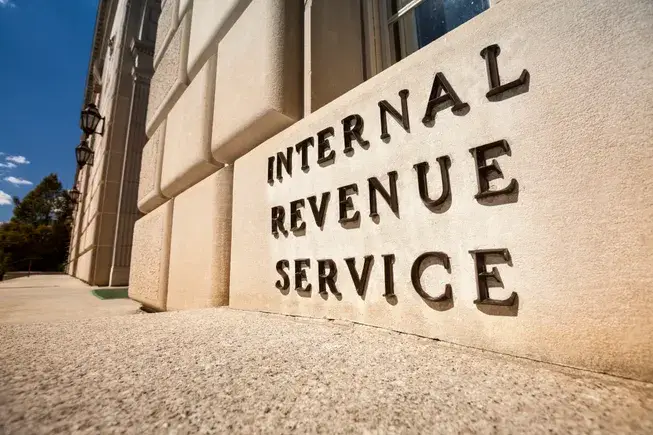
Dive Brief:
-
The final rule for the 45V clean hydrogen production tax credit, which the U.S. Treasury Department released Friday morning, drew mixed responses from industry leaders and environmentalists.
-
Clean hydrogen development within the U.S. ground to a halt following the release of the initial guidance in December 2023, leading industry participants to call for revisions that would enable more projects to qualify for the tax credit.
-
While the final rule makes “significant improvements” to Treasury’s initial proposal, the guidelines remain “extremely complex,” according to the Fuel Cell and Hydrogen Energy Association. FCHEA President and CEO Frank Wolak and other industry leaders said they look forward to working with the Trump administration to refine the rule.
Dive Insight:
Friday’s release closed what Wolak described as a “long chapter” for the hydrogen industry. But industry reaction to the final rule was decidedly mixed, and it remains to be seen whether the rule — which could be overturned as soon as Trump assumes office — will remain unchanged.
“The final 45V rule falls short,” Marty Durbin, president of the U.S. Chamber’s Global Energy Institute, said in a statement. “While the rule provides some of the additional flexibility we sought, … we believe that it still will leave billions of dollars of announced projects in limbo. The incoming Administration will have an opportunity to improve the 45V rules to ensure the industry will attract the investments necessary to scale the hydrogen economy and help the U.S. lead the world in clean manufacturing.”
But others in the industry felt the rule would be sufficient for ending hydrogen’s year-long malaise.
“With this added clarity, many projects that have been delayed may move forward, which can help unlock billions of dollars in investments across the country,” Kim Hedegaard, CEO of Topsoe’s Power-to-X, said in a statement. Topsoe aims to build a $400 million electrolyzer manufacturing facility in Chesterfield, Virginia.
Beth Deane, chief legal officer for electrolyzer manufacturer Electric Hydrogen (EH2), said she was aware of some three to five hydrogen projects that had been waiting for the final guidance before moving forward. EH2 initially supported the original guidance, but the company later came to agree with other industry players that the guidance needed revision, Deane said. Based on its own internal analysis, the company concluded that only a handful of hydrogen projects could be built prior to 2027, and that allowing these projects to move forward without hourly offsets would have a minimal impact on emissions.
Given the industry logjam created by the past two years of uncertainty, Deane said she believes the industry would be best served if lawmakers left Friday’s final rule intact.
“Additional refinements that can unlock the full potential of the hydrogen industry and ensure manufacturing jobs stay in America are most efficiently accomplished by leaving the rule in place and relying on future administrative or legislative action to provide more flexibility,” she said.
The final rule maintains the “three pillars” that made the initial proposal from last December unpopular with industry. For hydrogen made using electrolyzers and renewable energy to split water into its atomic components, manufacturers must still offset their energy use with carbon-free energy attribute certificates on an hourly basis. The electricity used must be generated within the same region the hydrogen is made, and it must come from generation assets that began operation within 36 months of when the hydrogen facility is placed into service.
The Inflation Reduction Act by statute limits the 45V credit to facilities that produce no more than 4 kilograms of CO2 per kilogram of hydrogen, but Friday’s release did not include rules governing this emissions assessment.
The final rule added several new exemptions, including an exception for electricity produced by nuclear power plants at risk of closure and one for electricity generated in states with renewable portfolio standards that meet certain criteria. According to the Treasury Department, Washington and California currently meet these criteria, but additional states could qualify if they were to adopt more stringent energy standards.
Electricity from generators that have installed carbon capture and sequestration could also qualify under the rule, if the CCS system is placed into service within 36 months of a new hydrogen facility. For hydrogen produced using methane gas, manufacturers will no longer have to demonstrate that their plant represents the first productive use of said methane.
The final rule’s guidelines for the use of methane in hydrogen production drew criticism from several environmental groups.
“The rule does not guarantee protections against climate harms caused by methane, a potent greenhouse gas emitted from blue hydrogen production. Policymakers must continue to grapple with accounting for methane as better data comes available in the future,” Erik Kamrath, hydrogen advocate at the Natural Resources Defense Council, said in a statement.
While not perfect, the final rule generally maintained key emissions protections while granting additional flexibility to manufacturers of electrolytic hydrogen, Kamrath said.
The final rule also extends the deadline to meet the hourly accounting standard by two years, to 2030. Hydrogen manufacturers will be allowed to calculate their emissions on an hourly basis, potentially enabling them to claim the 45V tax credit for some, but not all, of the hydrogen they produce if they are unable to acquire energy attribute credits for certain times of the year.

